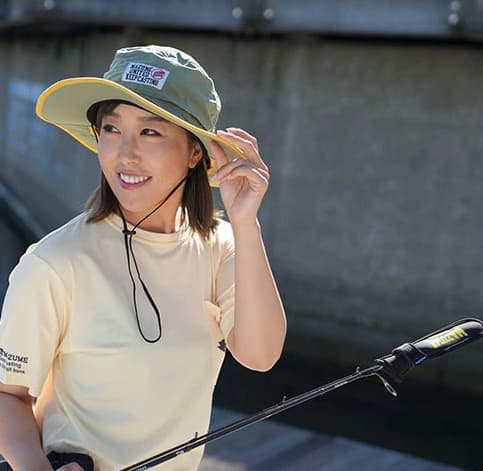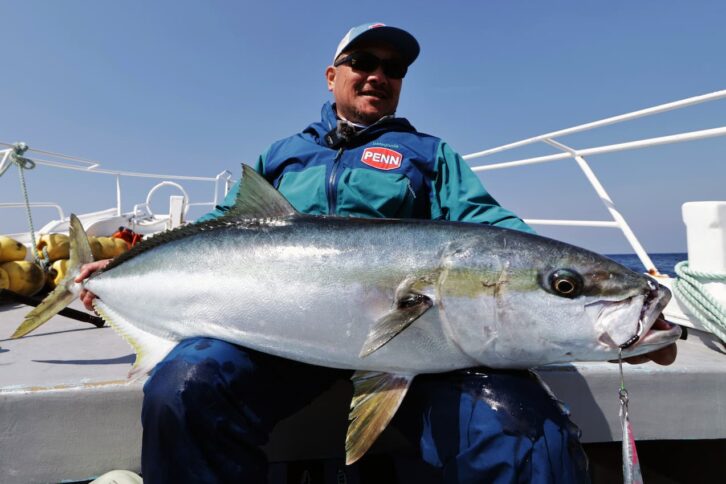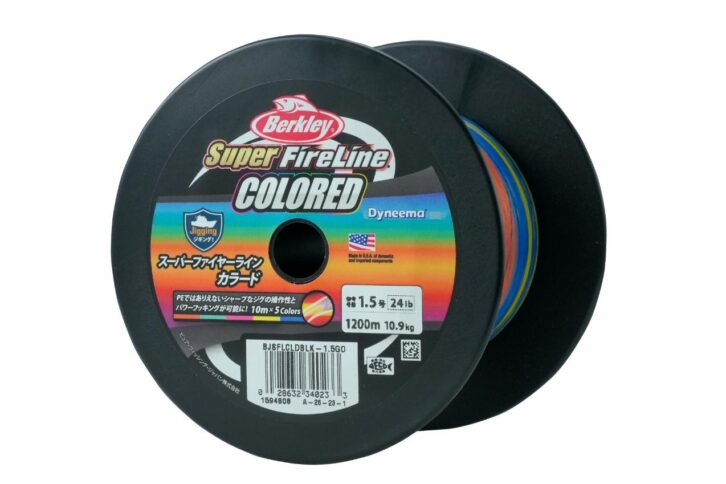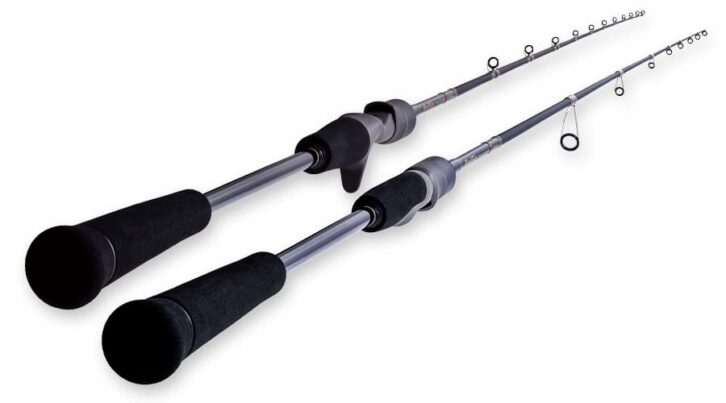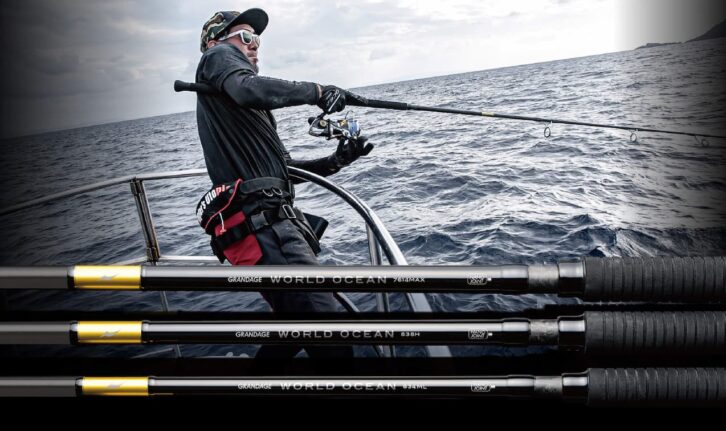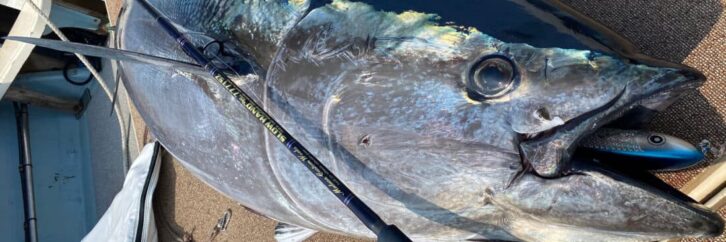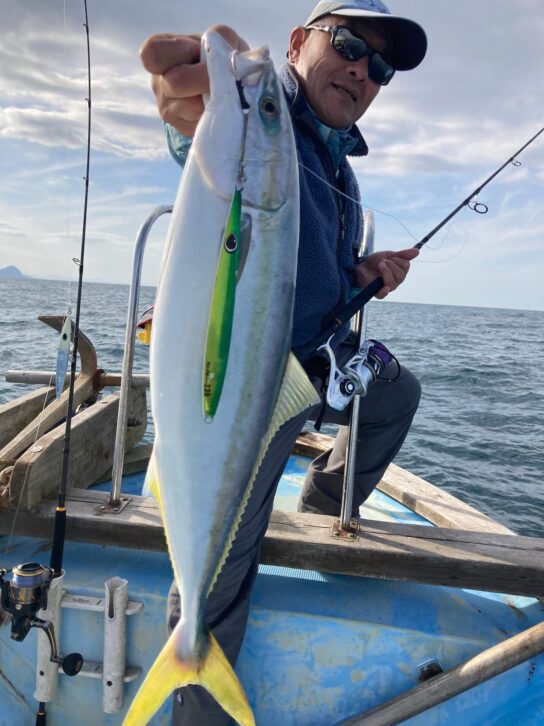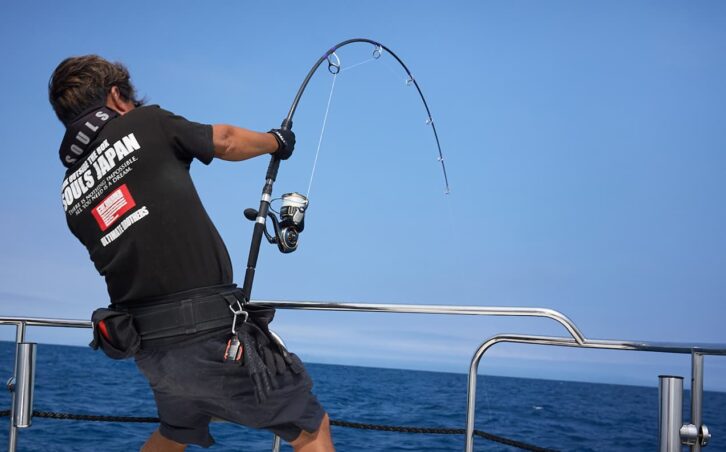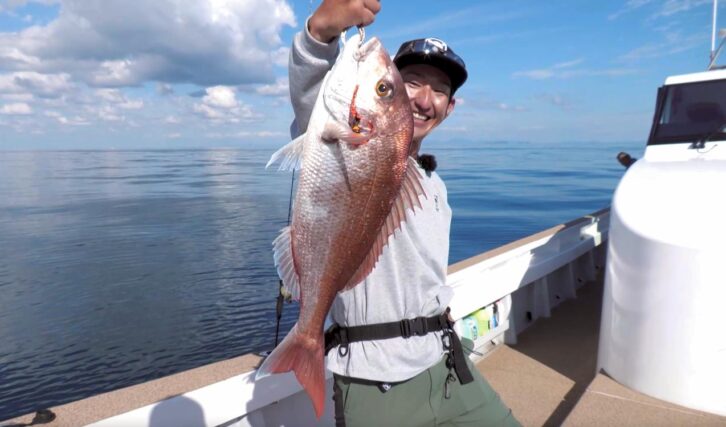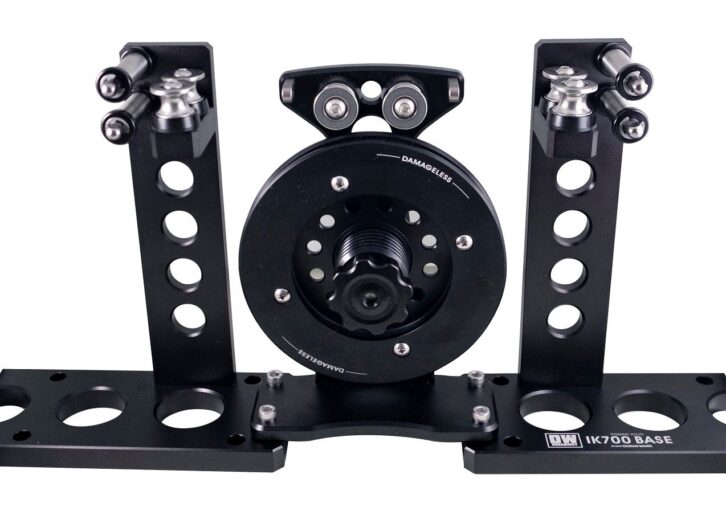Flying PE broadens the range of approaches
Outstanding thread release performance The first 16-strand PE line sold in Japan
It has long been said that the number of casts is proportional to the number of fish caught, but casting all day long is physically demanding. However, it is physically demanding to make full casts all day long. If you can make full casts and cast long distances in critical situations, and if you can achieve sufficient casting distance with only 80% effort when fishing while probing, it should result in better fishing results. Goshen has released such a "flying" PE line. It is the first 16-strand "Answer Casting PE x 16" line sold in Japan.

INDEX
The strength of this line has been dramatically improved, so you can use a one-rank lower line size.
The history of offshore fishing lines in Japan began with nylon lines. When fishing for dolphinfish in Sagami Bay and Hiratsuka, anglers cast poppers with No. 4 or No. 5 nylon line, and sometimes shook metal jigs with nylon line to catch bonito and yellowfin tuna. Such an era was nearly 40 years ago. Today, PE line is the mainstream offshore line, but nearly 40 years ago, PE line was mostly used for boat fishing, and compared to today, the strength of the raw line itself was not as strong and the braid technology was inferior. Nevertheless, PE lines were beginning to be actively used in the jigging world.
Although the development of PE line for casting was delayed, an increasing number of anglers started using it for sea bass fishing from shore, and eventually it was introduced to offshore fishing as well. The development of guides with a shape that prevents PE line from tangling when casting was also a major factor in the popularization of PE line.
Through this history, two types of PE lines, 4-strand and 8-strand, have come to be widely used. Each type has its own merits and demerits. In fact, the processing technology and characteristics differ depending on the manufacturer more than just how many yarns are used.
Answer Casting PE x 16,” released by Goshen in April 2024, is the first 16-strand line to be sold in Japan. However, the number of yarns is only the result of the line’s performance, and it is a PE line that pursues “flight” at a high level. The maximum strength of this line is 9.1 kg, which is one rank higher than the company’s No. 0.8 PE line with 4 yolts (6.4 kg) and No. 0.8 PE line with 8 yolts (7.3 kg). This indicates that the line is one rank stronger. In other words, it is possible to use a one-rank thinner line to achieve greater casting distance. Needless to say, this is a big advantage.
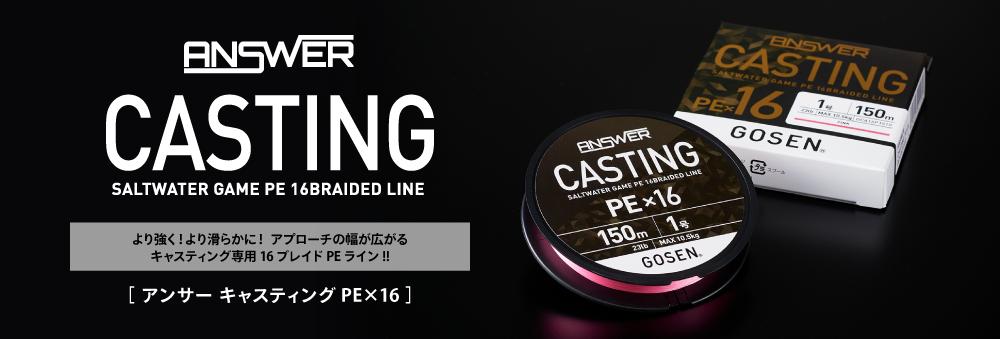
A surface so smooth that it is hard to believe it is a braided line
There are several reasons for the dramatic increase in strength. One is the MPX manufacturing method, which assembles yarns at the optimum density for each size. The other is the HDX manufacturing method, which improves the adhesion between yarns and reduces the decrease in sensitivity and strength. In addition, the number of filaments has been increased by 1.5 times compared to the company’s 8-strand yarns, resulting in a smoother surface, and the number of pitches has been increased by 1.3 times, resulting in improved structural stability. The comparison photo above clearly shows this. The smoother surface naturally reduces frictional resistance against the guide, resulting in longer casting distance.

Goshen’s original SG treatment creates “bounce” and “firmness
Another feature of “Answer Casting PE x 16” is that it has a smooth surface with moderate “bounce” and “firmness,” which allows the line to be easily released when casting. PE line that is too soft will flop when casting, increasing frictional resistance against the guides and reducing casting distance. It also tends to get tangled in the guides.
Soft PE line is unsatisfactory in terms of operability. It should not be overlooked that “Answer Casting PE x 16” has moderate “bounce” and “firmness” and is excellent in operability. Also, the color of the line is pink, which boasts high visibility in all conditions, from daytime to nighttime. A line that is visible from the angler’s side is reliable for handling the cast line and understanding the tracing course.

Goshen / ANSWER Casting PE x16
https://www.gosen-f.jp/special/answer/casting_pe16.html



